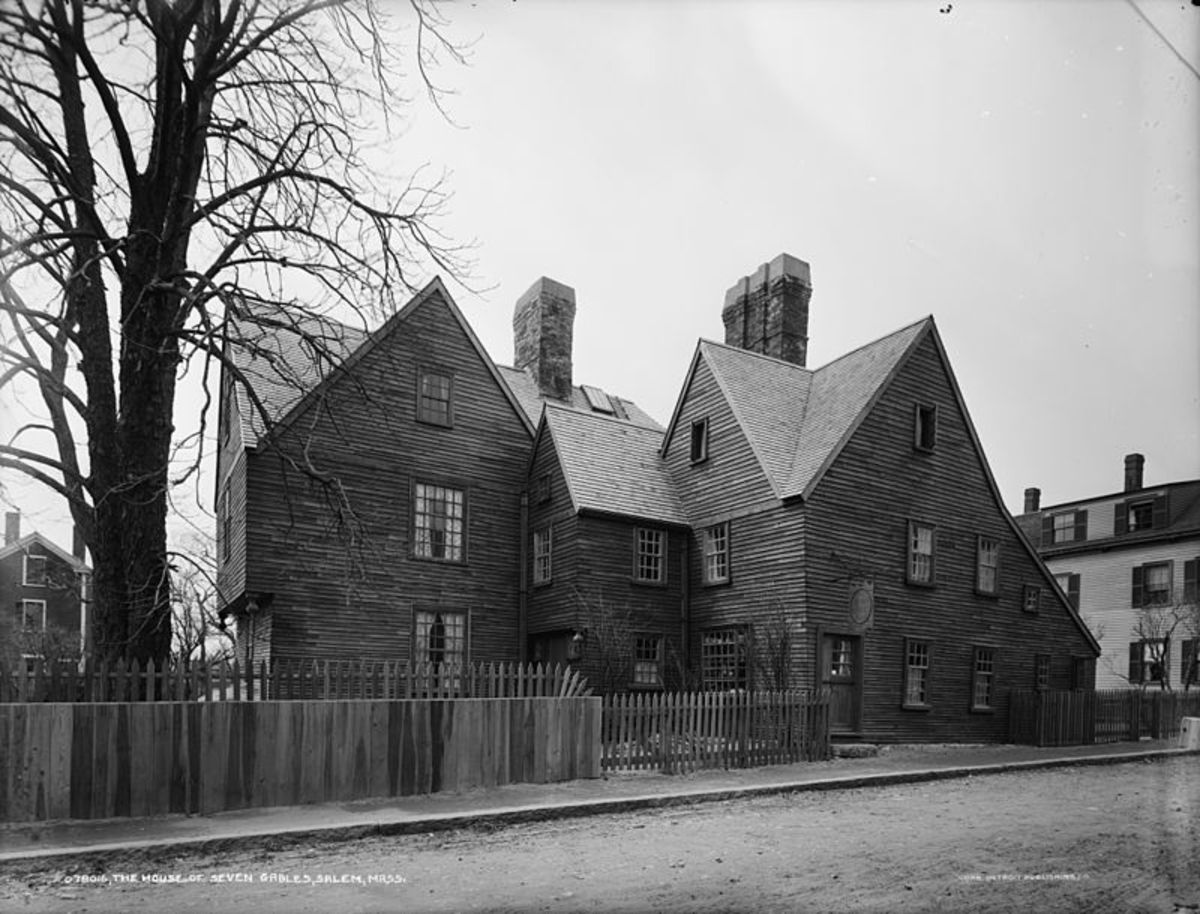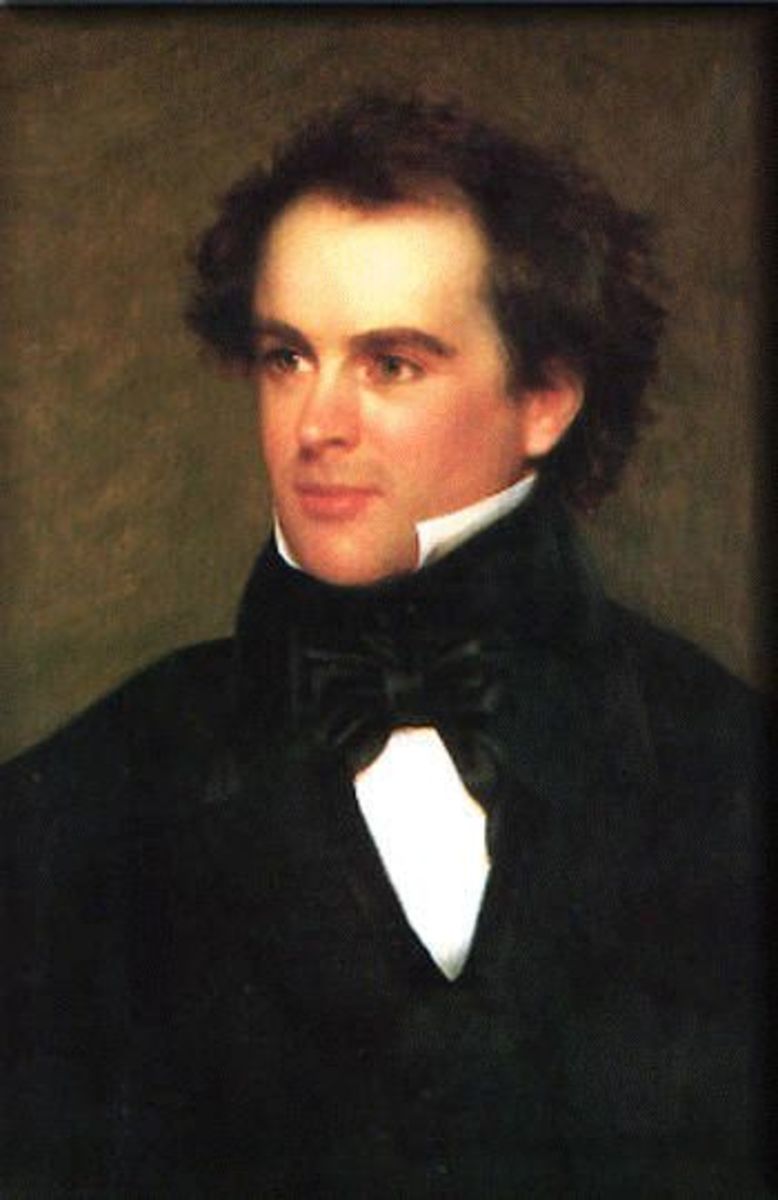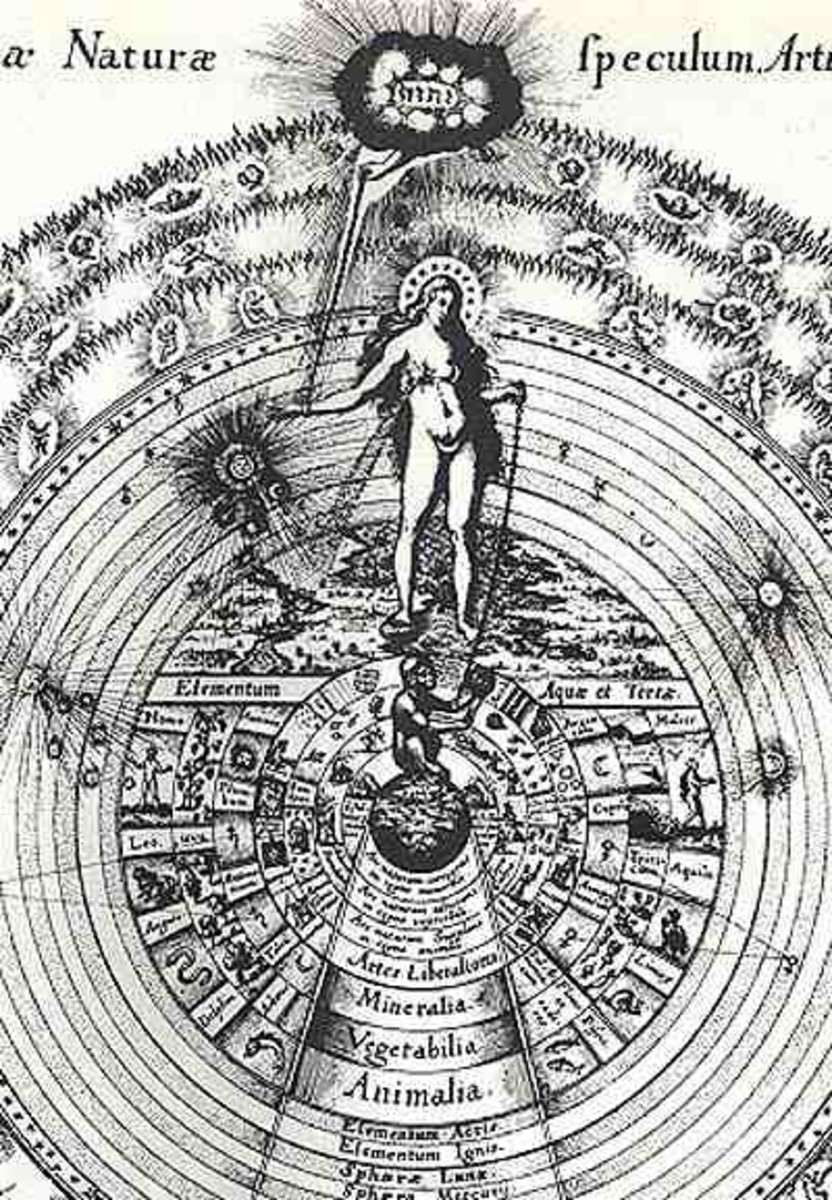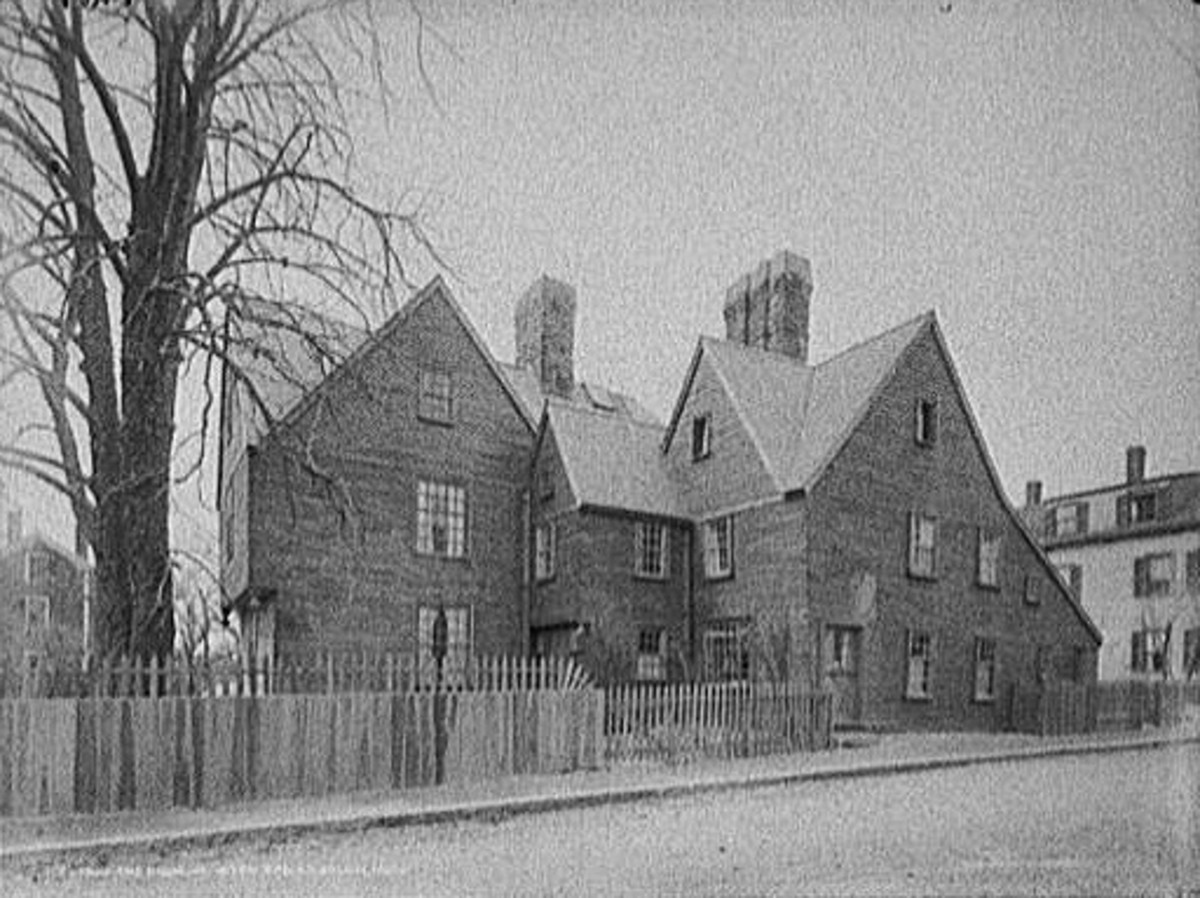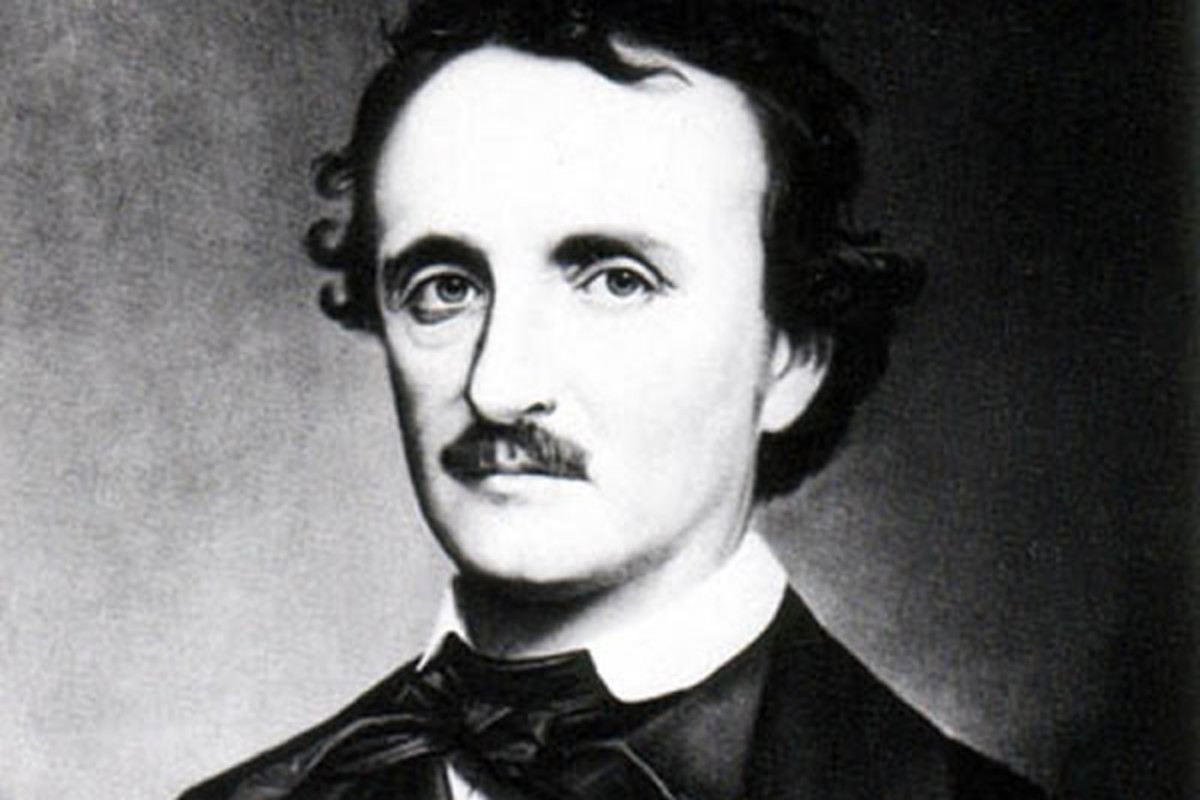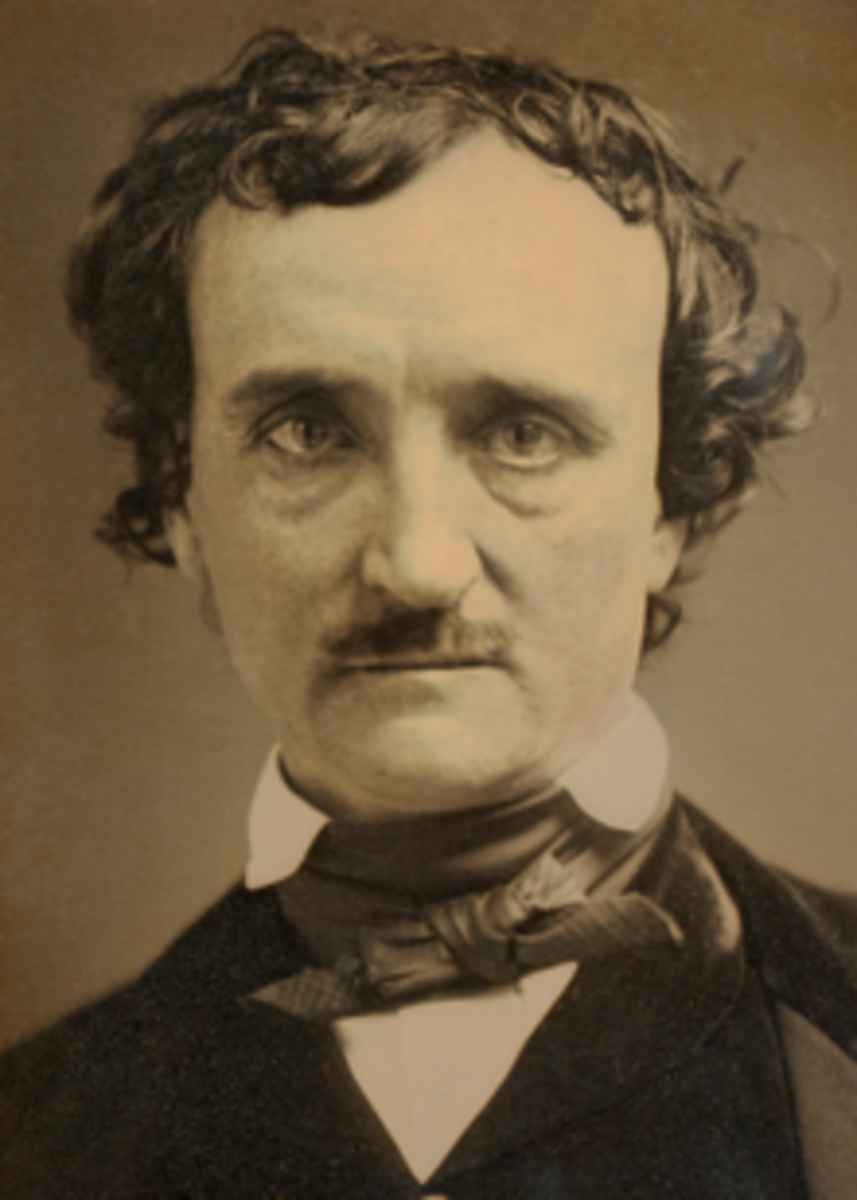Washington Irving, Nathaniel Hawthorne, and American Romanticism
Portrait of Nathaniel Hawthorne by American painter and artist Charles Osgood
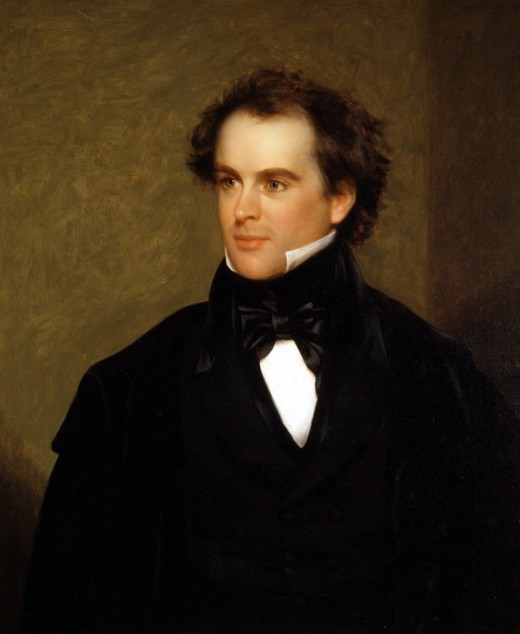
American Romanticism
American Romanticism was a natural outgrowth of both English Romanticism and the uniquely American situation; i.e., the carving of a new nation out of a beautiful wilderness of tremendous potential.
America had been criticized (e.g., by Sidney Smith) for its lack of a national literature. American men of letters were roused to action; they drew upon what they experienced and modeled it after the English style.
Americans wrote about what they saw (in nature and in the commonplace) and felt; as they had no tradition of neo-Classicism to revolt against, these two properties best characterize the American Romantic movement.
Washington Irving and "The Sketch Book"
Description abound throughout Irving's collection of 34 essays and short stories: the rural funerals, the pride of the village (two sketches even make reference to these in their titles), the sleepy village or Tarrytown. But no description is so fine as that of Ichabod Crane. And in this, at least, Irving has created a priceless portrait and met his aim.
"My only aim is to paint characters and manners" writes Irving in the persona of Geoffrey Crayon. It would seem he succeeds. Irving displays a flair for descrition that sometimes borders on the tedious for its very completeness. (One is put in mind of Victor Hugo, but that is another topic for another time.)
One memorable example is Ichabod Crane. A reader can see this remarkable character take shape from shovel feet to flat-topped head. Not a whit of Crane's appearance has escaped, and anything beyond what Irving left us would be overdone. Irving succeeds admirably in "sketching" this character--without superfluous shadings or too-dark lines.
Nathaniel Hawtrorne and the "chain of being" (spoiler alert)
A favorite theme of Hawthorne concerned "the unpardonable sin" of man's breaking the chain of being. He develops this idea in more than one of his short stories; e.g., "The Minister's Black Veil" and "Ethan Brand."
The message of "The Minister's Black Veil" is intentionally veiled itself, through clues that mislead the reader into assuming the central issue is secret sin. However, the perceptive reader notes the gradual alienation that arises between the minister and the townspeople--even his fiancee--because of the black crepe that partially conceals the minister's face. This alienation is not merely the result of the presence of the veil; it is the result of the spiritual veil that the Rev. Hooper places between himself and other people. For example, he will not remove the actual veil even for Elizabeth. By the end of the story, he will not lift it before death claims him. His reason for wearing it--if, indeed, he even still knows it--has driven him to this point of total alienation. He dies without the veil's ever being lifted. In this way, the minister effectively cuts himself off from others, even his true love. He has broken the chain of being, of natural human relationships. (How different from the veil Moses was compelled to wear in the Old Testament, when his face shone so from meeting with the Almighty! He covered his face to protect his fellow Israelites. One wonders if Hawthorne had that image in mind when he wrote the story?)
Hawthorne again takes up the theme of the broken chain in "Ethan Brand." In this short story, the character of the title takes up a search for the unpardonable sin. I doing so, he cuts himself off, not only from other human beings (for example, he made one girl in particular and object for psychological study) but also from God's creation, Nature. This, Ethan discovers, is the unpardonable sin he sought to identify. Man is part of the chain of being. To break it is to go against Nature, and a fearful penalty must be exacted for this loss of at-one-ment. It is only when Ethan casts himself into the furnace that he returns to Nature and the elemental.
Hawthorne thus clearly and logically develops his theme of what was, for him, the unpardonable sin--breaking the chain of being.
© 2019 J S Penna


